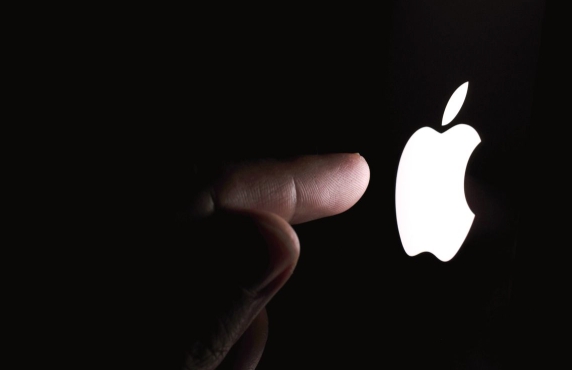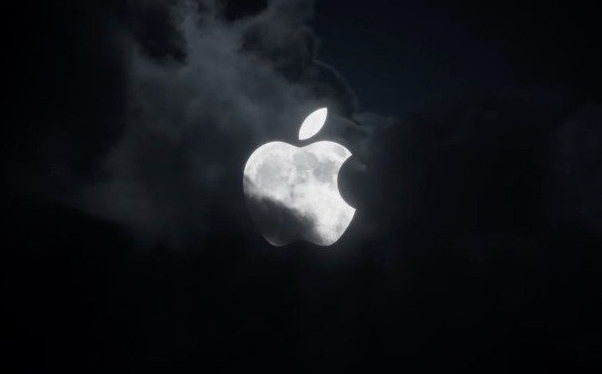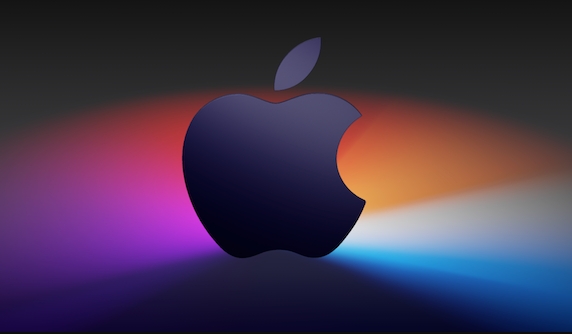PRAM/NVRAM reset resolves Mac settings abnormalities, startup issues, or sound display failures. PRAM is the way to set up early Mac storage systems, while NVRAM is an alternative to subsequent models, and data is maintained by relying on the motherboard battery when shutting down. When boot disk recognition fails, invalid settings, confusing resolution or time errors occur, PRAM/NVRAM may need to be reset. The basis for judgment includes: displaying the question mark icon on the power supply, rebooting and restoring the default after adjusting the settings, abnormal external monitors, and frequent system time errors. Different models of Mac operate as follows: 1. Apple Intel chip Mac: Press and hold Option Command PR after shutting down for about 20 seconds; 2. Apple M1 or updated chip Mac: hold the same key combination after shutting down until the Apple Logo appears for the second time; 3. Old Mac (2008 years ago): Remove the motherboard PRAM battery for a few seconds or use terminal commands. After resetting, the settings such as volume, brightness, boot disk will be restored to default. It is recommended to recheck the configuration.

The Mac's PRAM (parameter memory) or NVRAM (nonvolatile random access memory) is responsible for saving some key system settings, such as volume, monitor resolution, boot disk selection, etc. If you encounter system settings abnormalities, startup problems, or sound display related failures, resetting PRAM/NVRAM is often an effective solution.

What are PRAM and NVRAM?
PRAM (Parameter RAM) is a storage area used by early Macs to save system settings. Later models used NVRAM (Non-Volatile RAM). Although the names are different, the functions are similar. It can also retain data when the Mac is shut down, relying on the small battery on the motherboard (similar to CMOS batteries). When this part of the data is wrong, it may cause some strange problems, such as:
- The boot disk cannot be recognized when booting
- Don't remember the volume or screen brightness settings
- Time display error
At this time, you can try resetting PRAM/NVRAM.

How to determine whether you need to reset PRAM/NVRAM?
Not all problems can be solved by this, but you can try it in the following situations:
- A question mark icon appears when starting up the Mac (start disk cannot be found)
- The settings will not take effect after adjustment, restart and return to default
- The external monitor settings are chaotic and the resolution is incorrect
- Frequent system time errors
If you haven't operated these settings before, but suddenly the above problem occurs, it may be that there is something wrong with PRAM/NVRAM.

How to reset PRAM/NVRAM for different models of Macs
Apple Intel chip Mac (with T2 chip also applies)
- Turn off the Mac.
- Press the power button, and then press and hold these four keys immediately :
Option Command PR - Keep holding these keys for about 20 seconds , during which you may see the Apple logo or progress bar.
- Release the button to enable the Mac.
Tip: Some users mistakenly think that they just need to hold down the key until the Apple Logo appears and let go. In fact, it is recommended to persist for a few more seconds to ensure the reset is complete.
Apple M1 or Mac with newer chips (Apple Silicon)
This type of Mac does not have PRAM in the traditional sense, but the way to reset NVRAM is similar:
- Completely shut down.
- After waiting for a few seconds, press the Power key and immediately hold the
Option Command PRkey on the keyboard. - Keep holding it for about 20 seconds until you see the Apple Logo appear for the second time, which means that it has been restarted.
- Let go and start normally.
Older Mac (before 2008, using PRAM)
If you are using a very old Mac (such as PowerPC architecture), the steps are slightly different:
- Turn off the computer.
- Open the chassis (if convenient), find the PRAM battery (usually a button battery) on the motherboard.
- Remove the battery for about 5–10 seconds and then reinstall it.
- Or use the terminal command
sudo nvram -c(provided that you can enter the system).
Note: Most Macs do not need to be disassembled now. Unless you are sure it is a motherboard problem, it is not recommended to operate the hardware by yourself.
What should I pay attention to after resetting?
After PRAM/NVRAM is cleared, some personalized settings will be reset, such as:
- Volume and brightness return to default
- Switch back to system defaults
- Time format and language may also be restored to factory settings
So after resetting, you need to recheck whether these settings are in line with your habits. In addition, if you set up multiple boot systems (such as dual systems), you may need to re-specify the default boot disk.
Basically that's it. Operations are not complicated, but they are easily overlooked or misoperated. If you encounter the problem of "can't remember" the system settings or the startup exception, you might as well try this method first.
The above is the detailed content of How to reset PRAM/NVRAM on Mac. For more information, please follow other related articles on the PHP Chinese website!

Hot AI Tools

Undress AI Tool
Undress images for free

Undresser.AI Undress
AI-powered app for creating realistic nude photos

AI Clothes Remover
Online AI tool for removing clothes from photos.

Clothoff.io
AI clothes remover

Video Face Swap
Swap faces in any video effortlessly with our completely free AI face swap tool!

Hot Article

Hot Tools

Notepad++7.3.1
Easy-to-use and free code editor

SublimeText3 Chinese version
Chinese version, very easy to use

Zend Studio 13.0.1
Powerful PHP integrated development environment

Dreamweaver CS6
Visual web development tools

SublimeText3 Mac version
God-level code editing software (SublimeText3)
 How to Remove Old Devices from Apple ID on Mac
Jul 07, 2025 am 09:08 AM
How to Remove Old Devices from Apple ID on Mac
Jul 07, 2025 am 09:08 AM
If you've owned multiple Apple devices over the years, you might find yourself in a situation where some of those older Macs, iPhones, iPads, or other Apple hardware have been sold, given away, or traded. No matter how they left your possession, it's
 How to Play Fortnite on Mac with FnMacAssistant & Sideloadly
Jul 05, 2025 am 09:21 AM
How to Play Fortnite on Mac with FnMacAssistant & Sideloadly
Jul 05, 2025 am 09:21 AM
Fortnite is once again available for iPhone and iPad users, bringing joy to many gamers. However, there's still no official version for Mac (at least not yet). Despite that, Apple Silicon Mac owners aren’t completely out of luck—you can run the iOS/i
 How to Enable iCloud Private Relay on Mac
Jul 05, 2025 am 09:36 AM
How to Enable iCloud Private Relay on Mac
Jul 05, 2025 am 09:36 AM
iCloud Private Relay is an excellent privacy feature included with the iCloud subscription, designed to safeguard your online activity and browsing by masking your IP address (using a temporary one) and encrypting DNS lookups. This prevents third pa
 How to Make MacOS Sequoia Feel Faster: Tips to Speed Up Slow MacOS
Jul 05, 2025 am 09:28 AM
How to Make MacOS Sequoia Feel Faster: Tips to Speed Up Slow MacOS
Jul 05, 2025 am 09:28 AM
macOS Sequoia is a solid operating system that brings some impressive features like iPhone Mirroring, and while performance is excellent for many users, not everyone experiences the same level of speed. If you're finding macOS Sequoia slower than pre
 How to See All Links Shared in Messages on iPhone & iPad
Jul 05, 2025 am 09:31 AM
How to See All Links Shared in Messages on iPhone & iPad
Jul 05, 2025 am 09:31 AM
If you frequently use iMessage, then you've likely shared numerous web links in your chats — maybe an article, a video, a tweet, a song, or anything else. Locating these links later can be quite frustrating, but thankfully there's a simpler method th
 Create a MacOS Tahoe 26 Beta VM with Three Commands in Terminal Using tart
Jul 06, 2025 am 09:28 AM
Create a MacOS Tahoe 26 Beta VM with Three Commands in Terminal Using tart
Jul 06, 2025 am 09:28 AM
Advanced Mac users familiar with the command line can swiftly set up a MacOS Tahoe 26 beta virtual machine by entering a few commands into Terminal, using tart. Tart is a command-line utility for managing virtual machines and offers one of the quicke
 WindowServer Quit Unexpectedly: How to Fix It on Mac Air/Pro?
Jul 05, 2025 am 09:17 AM
WindowServer Quit Unexpectedly: How to Fix It on Mac Air/Pro?
Jul 05, 2025 am 09:17 AM
What is WindowServer and why is it importantWindowServer is a core macOS process that manages how apps and windows appear on screen. It handles GUI rendering, controls internal and external displays, and enables all vis
 iOS 15.3 Beta 2 & iPadOS 15.3 Beta 2 Released for Testing
Jul 06, 2025 am 09:25 AM
iOS 15.3 Beta 2 & iPadOS 15.3 Beta 2 Released for Testing
Jul 06, 2025 am 09:25 AM
While Apple has just made iOS 15.2.1 and iPadOS 15.2.1 available to all users, they have also rolled out the second beta of iOS 15.3 and iPadOS 15.3 for those participating in Apple's beta testing programs for mobile operating systems.In addition, ne






